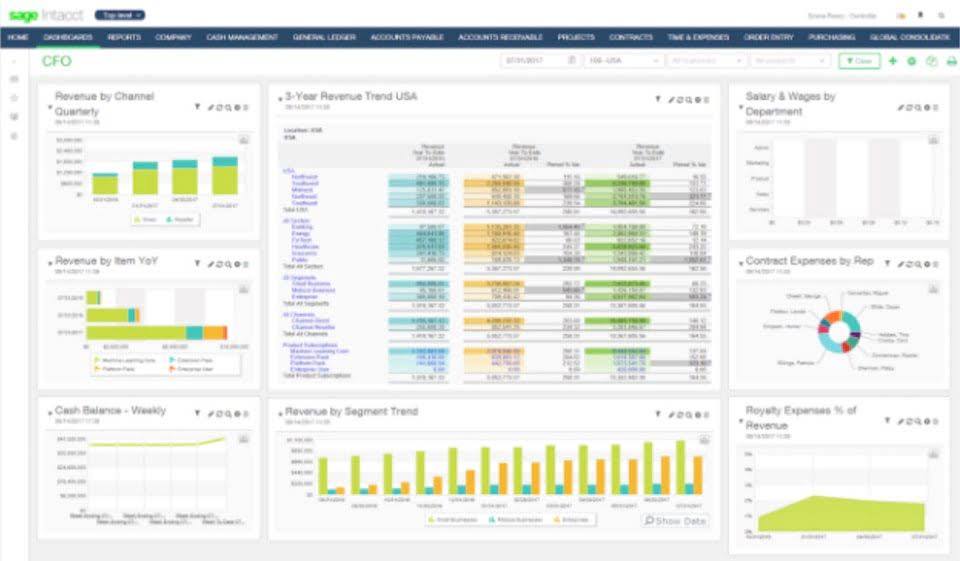
These costs aren’t directly related to the physical production of their devices but are essential to running the business and its long-term growth. Non-manufacturing costs include those costs that are not incurred in the production process but are incurred for other business activities of the entity. These costs do not specifically contribute to the actual production of goods but are essential to ensure overall functioning of the business.
The Cost Of Raw Materials Is Rising- Manufacturing cost

Since nonmanufacturing overhead costs are outside of the manufacturing function, these nonmanufacturing costs are immediately expensed in the accounting period in which they are incurred. That is why accountants refer to nonmanufacturing costs as period costs or period expenses. In the end, management should know whether each product’s selling price is adequate to cover the product’s manufacturing costs, nonmanufacturing costs, and required profit. Non-manufacturing costs are the indirect expenses that aren’t directly related to making a specific product or providing a particular service. Non-manufacturing costs include sales https://karemburesunshineschool.com/%Our%20Staff%/ commissions, advertising, office supplies, rent/mortgage payments for company offices, and legal fees.
Step #4: Calculate the indirect costs (manufacturing overheads)
Similarly, the amount not yet allocated is not an indication of its current market value. Note 1.48 “Business in Action 1.6” provides examples of nonmanufacturing costs at PepsiCo, Inc. “Business in Action 2.6” provides examples of nonmanufacturing costs at PepsiCo, Inc. Material costs are the costs of raw materials used in manufacturing the product. Calculating manufacturing costs helps assess whether producing the product is going to be profitable for the company given the existing pricing strategy. The company engaged a Suspense Account consulting firm to help them find out what factors were driving up manufacturing costs.
Manufacturing overhead rate = Overhead costs / Sales x 100
As a result, the steel manufacturing company was able to achieve a 10% reduction in manufacturing costs and save €1 million (approximately $1.7 million) annually. Cost control, according to Fabrizi, is one of the top benefits of calculating manufacturing costs. The next step is to calculate the costs of utilities (electricity, water, or gas) that are directly used in the manufacturing process (for example, fuel used to operate the production equipment). When you add up all these direct costs, you get the Cost Of Goods Sold (COGS), a term used in accounting when preparing the company’s financial statement. A manufacturing entity incurs a plethora of costs while running its business.

Case Study: Cost Management in a Canadian Manufacturing Firm
While depreciation on manufacturing equipment is considered a manufacturing cost, depreciation on the warehouse in which products are held after they are made is considered a period cost. While carrying raw materials and partially completed products is a manufacturing cost, delivering finished products from the warehouse to clients is a period expense. For accounting purposes, nonmanufacturing costs are expensed periodically (typically in the period they are incurred). However, for management objectives, managers frequently require the assignment of nonmanufacturing costs to goods. This is especially true for specific product-related commissions and promotions. All these costs – marketing and sales expenses, G&A, and R&D – are non-manufacturing overhead costs.

The Quality Of The Raw Material- Manufacturing cost

For example, instead of setting all production overhead costs to the “manufacturing” department, the ABC model gives these costs to the products or services that generate revenue. When doing a physical inventory, you must know how to calculate the direct material costs. The direct material cost is the cost of the materials directly used in production. You can calculate the direct material cost by adding up all the beginning and ending direct materials for some time. When starting a business, you’ll hear much about direct and indirect manufacturing costs. They’re critical to know and can be a little hard to understand at first.
- Like direct materials, it comprises of a significant portion of total manufacturing cost.
- Next, you’ll need to figure out how many hours it will take to make 5,000 of these products.
- The labor cost that can be physically and conveniently traced to a unit of finished product is called direct labor cost or touch labor cost.
- For instance, if the manufacturing costs are too high, these costs can create a dent in the company’s profit.
- Learn all about different types of invoices through practical examples, and detailed explanations to ensure regular cash flow for your business.
How To Calculate Direct Material Costs?

Once a business has calculated its manufacturing cost, it can use this information to make better decisions about its business. For example, it can use its manufacturing cost to set a price to cover its costs and make a profit. In addition, manufacturing costs help companies determine how much profit they can make on each product. This information is necessary for business owners to stay competitive and ensure their company is making money.
- Note “Business in Action 2.3.1” details the materials, labor, and manufacturing overhead at a company that has been producing boats since 1968.
- According to McKinsey’s research, cutting down manufacturing costs, in addition to boosting productivity, is the key for manufacturing companies to remain competitive.
- If you’re manufacturing something that will be used daily, like a kitchen knife or a pair of shoes, you want to ensure that it will last for as long as possible.
- For example wood is a direct material for the manufacturers of furniture.
- Companies have to spend money on complying with these regulations and training their employees on how to comply.
- The total cost includes any transportation fees incurred during production processes and any taxes paid during these processes (such as sales tax).
Figure 2.4 shows examples of production activities at Custom Furniture Company for each nonmanufacturing costs include of the three categories (we continue using this company as an example in Chapter 2). By calculating manufacturing costs, companies can clearly understand the true cost of making a product. Based on this information, the company’s management can add a markup to determine competitive selling prices for their products.
